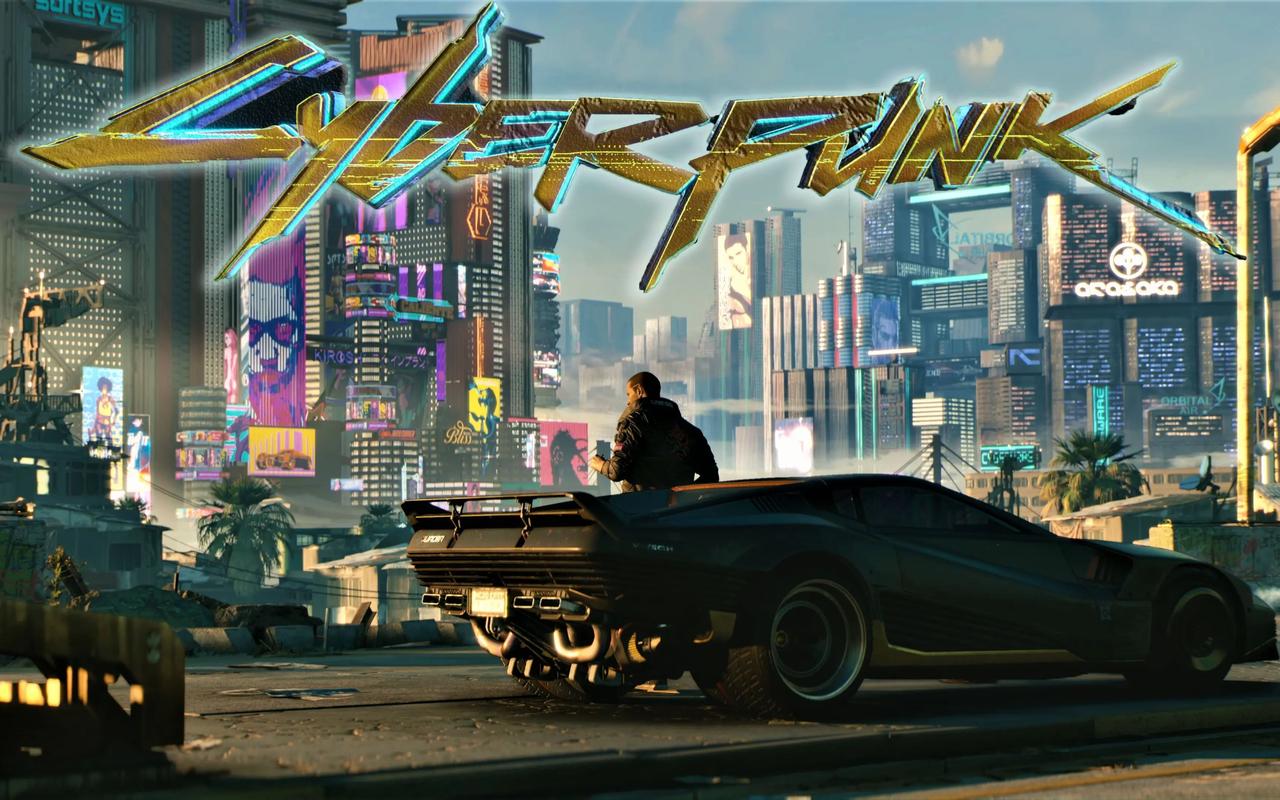The Future of Virtual Reality in AAA Game News Experiences
The gaming industry has always been at the forefront of technological innovation, pushing boundaries in graphics, storytelling, and interactivity. In recent years, virtual reality (VR) has emerged as one of the most transformative technologies, offering immersive experiences that were once the stuff of science fiction. While VR has already made significant inroads into gaming, its potential to revolutionize how players consume news and updates about AAA games remains largely untapped. The future of VR in AAA game news experiences promises to redefine engagement, transparency, and community interaction in ways that traditional media simply cannot match.
The Current Landscape of Game News
Today, AAA game news is primarily delivered through conventional channels: websites, social media, YouTube videos, podcasts, and live streams. These platforms are effective but limited in their ability to create a sense of presence or deep connection. Trailers, developer interviews, and patch notes are consumed passively, with little opportunity for audiences to engage beyond likes, comments, or shares. While live streams and events like E3 or The Game Awards offer a more dynamic experience, they still lack the immersion that VR can provide.

How VR is Changing the Game
Virtual reality has the unique ability to transport users into digital environments, making it an ideal medium for delivering game news in a more engaging and memorable way. Imagine putting on a VR headset and stepping into a virtual press conference where a developer from Rockstar Games or Naughty Dog is presenting the latest gameplay footage of an upcoming title. Instead of watching a flat video, you’re sitting in a virtual theater, surrounded by other fans, with the ability to look around and interact with the environment.
VR can also enable immersive previews and behind-the-scenes tours. For instance, a developer could guide players through a meticulously recreated level from an upcoming game, pointing out details and answering questions in real-time. This not only builds hype but also fosters a deeper appreciation for the artistry and effort involved in game development.
Enhanced Interactivity and Personalization
One of the most exciting prospects of VR-based game news is the level of interactivity it can offer. Traditional news consumption is a one-way street, but VR can turn it into a two-way conversation. During a virtual event, attendees could use motion controllers to raise their hands, ask questions, or even participate in live polls. Social VR platforms like VRChat or Meta’s Horizon Workrooms already demonstrate how avatars can facilitate meaningful interactions in virtual spaces.
Moreover, VR can personalize news delivery based on user preferences. A player interested in a specific genre or franchise could receive tailored content, such as exclusive interviews with the creators of The Elder Scrolls VI or a deep dive into the combat mechanics of the next Call of Duty. This personalized approach ensures that audiences receive relevant information without being overwhelmed by noise.
Breaking Down Barriers Between Developers and Players
Transparency and communication have always been challenges in the gaming industry. VR can bridge the gap between developers and players by creating opportunities for more intimate and honest interactions. Virtual town halls, where developers discuss upcoming features or address community concerns, could become commonplace. In these settings, body language and voice tone—key components of human communication—are preserved, making conversations feel more genuine than typed responses on a forum.
For example, after the launch of a game, developers could host VR sessions to explain patch notes or upcoming balance changes. Instead of reading a list of adjustments, players could experience these changes in a virtual sandbox environment, testing new weapons or mechanics firsthand. This not only clarifies updates but also demonstrates a commitment to player feedback.
Challenges and Considerations
Despite its potential, the integration of VR into AAA game news experiences faces several hurdles. The first is accessibility. High-quality VR headsets remain expensive, and not every gamer owns one. While prices are gradually decreasing, widespread adoption may take time. Additionally, motion sickness and usability issues still affect some users, though advancements in hardware and software are mitigating these problems.
Content production is another challenge. Creating VR-specific news experiences requires additional resources, including 3D modeling, motion capture, and real-time rendering expertise. Developers and publishers must weigh the costs against the potential benefits in engagement and brand loyalty.
Privacy and moderation are also critical concerns. Social VR spaces must be designed to prevent harassment and ensure a safe environment for all participants. Robust moderation tools and community guidelines will be essential to foster positive interactions.
The Role of Emerging Technologies
The future of VR in game news will likely be shaped by synergies with other emerging technologies. Artificial intelligence (AI) could power virtual hosts or translators, making events accessible to global audiences. Augmented reality (AR) might offer hybrid experiences, where users can overlay virtual news elements onto their physical environment. For instance, watching a trailer on a virtual screen while lounging in their living room.
Blockchain and NFTs, despite their controversial reputation, could also play a role in verifying exclusive content or offering digital collectibles during VR events. However, these technologies must be implemented thoughtfully to avoid alienating audiences.
Conclusion
The future of virtual reality in AAA game news experiences is bright, offering unparalleled opportunities for immersion, interaction, and community building. While challenges remain, the gaming industry’s history of innovation suggests that these obstacles will be overcome. As VR hardware becomes more affordable and content creation tools more accessible, we can expect to see a shift from passive consumption to active participation in game news.
In the coming years, VR may become the standard medium for major game announcements, developer-player interactions, and exclusive previews. By embracing this technology, publishers and developers can create deeper connections with their audiences, turning news consumption into an event rather than a routine. The virtual stage is set—and the show is about to begin.













